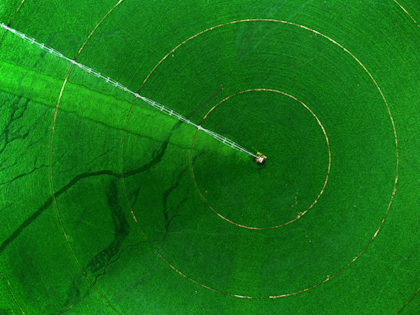 Fonte: The Breakthrough Institute
Fonte: The Breakthrough Institute
In 1968, the American scientists Paul and Anne Ehrlich published The Population Bomb. In it, The Ehrlichs foresaw widespread death and despair as global populations—especially in the lower-income countries of South Asia and Sub-Saharan Africa—grew beyond the “limits” of global agricultural output.
The Ehrlichs were wrong. Populations continued to expand over the second half of the twentieth century, but so did agricultural output. And while global temperature has increased by over a degree celsius since 1970—a reality that the Ehrlich’s would likely have suggested would lead to even worse famines—the past half-century has been the most food secure in recorded human history.
As incorrect as he might have been in 1968, Paul Ehrlich has remained an influential voice for environmentalists, population control advocates, and doomsayers who make similar predictions about humanity’s inability to continue to feed itself. On the 50th anniversary of The Population Bomb in 2018, Ehrlich restated his lifelong thesis, now with the addition of climate change, arguing in the academic journal Sustainability that “overpopulation” threatened to trigger future starvation.
Continue a ler a noticia no site de origem









